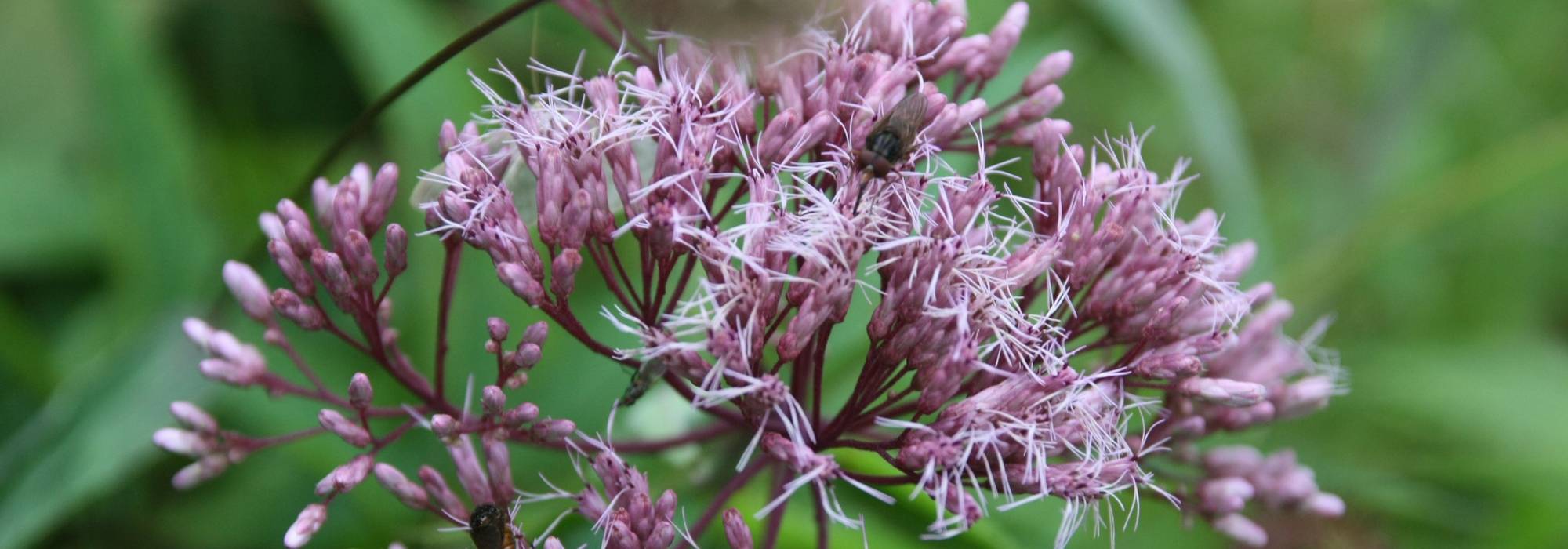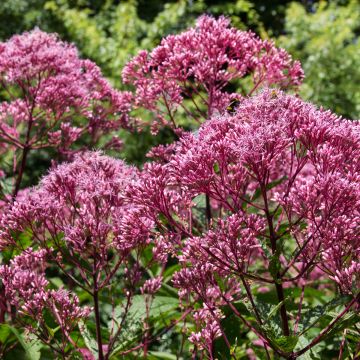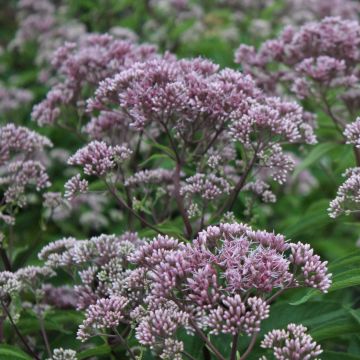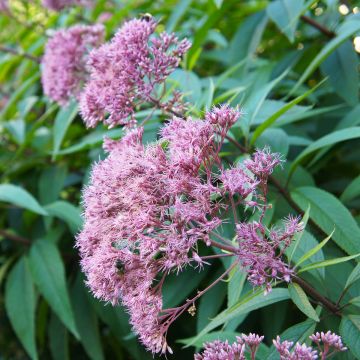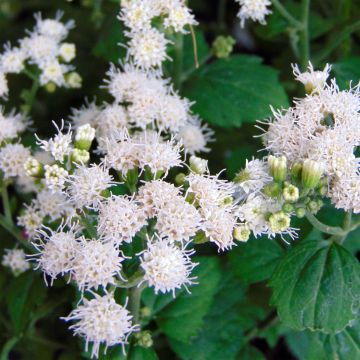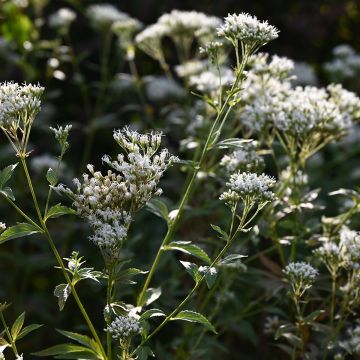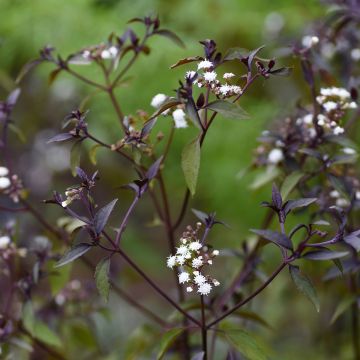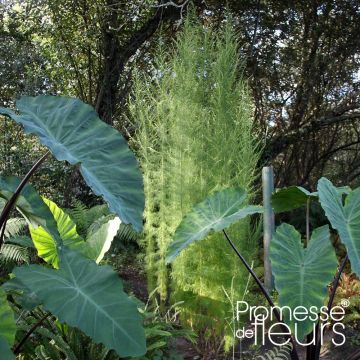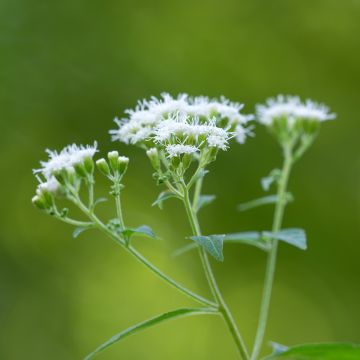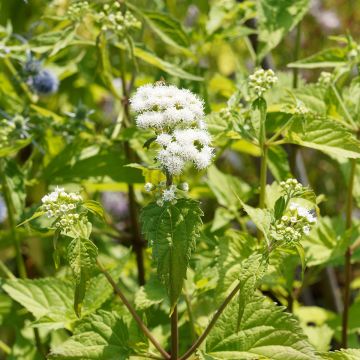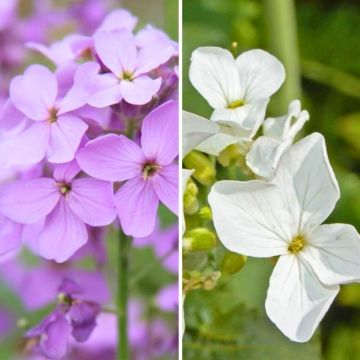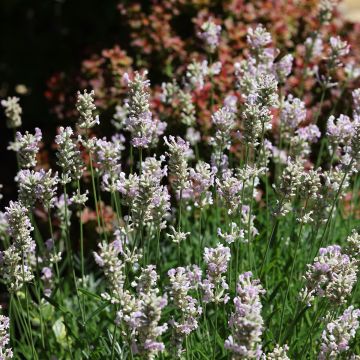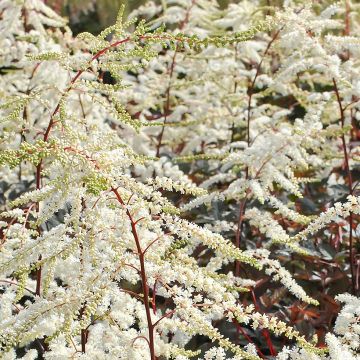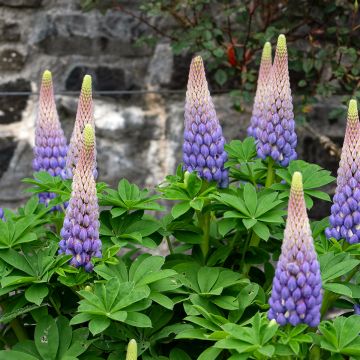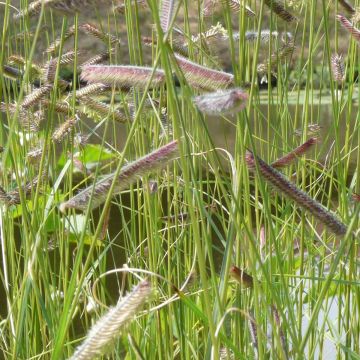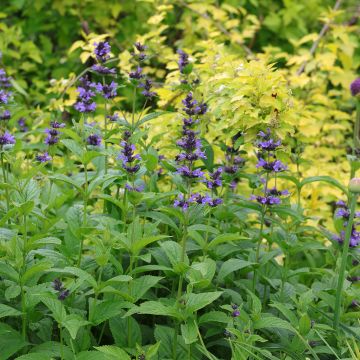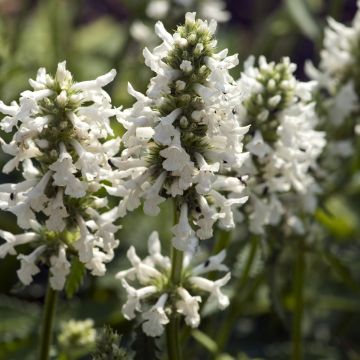

Eupatorium cannabinum Plenum
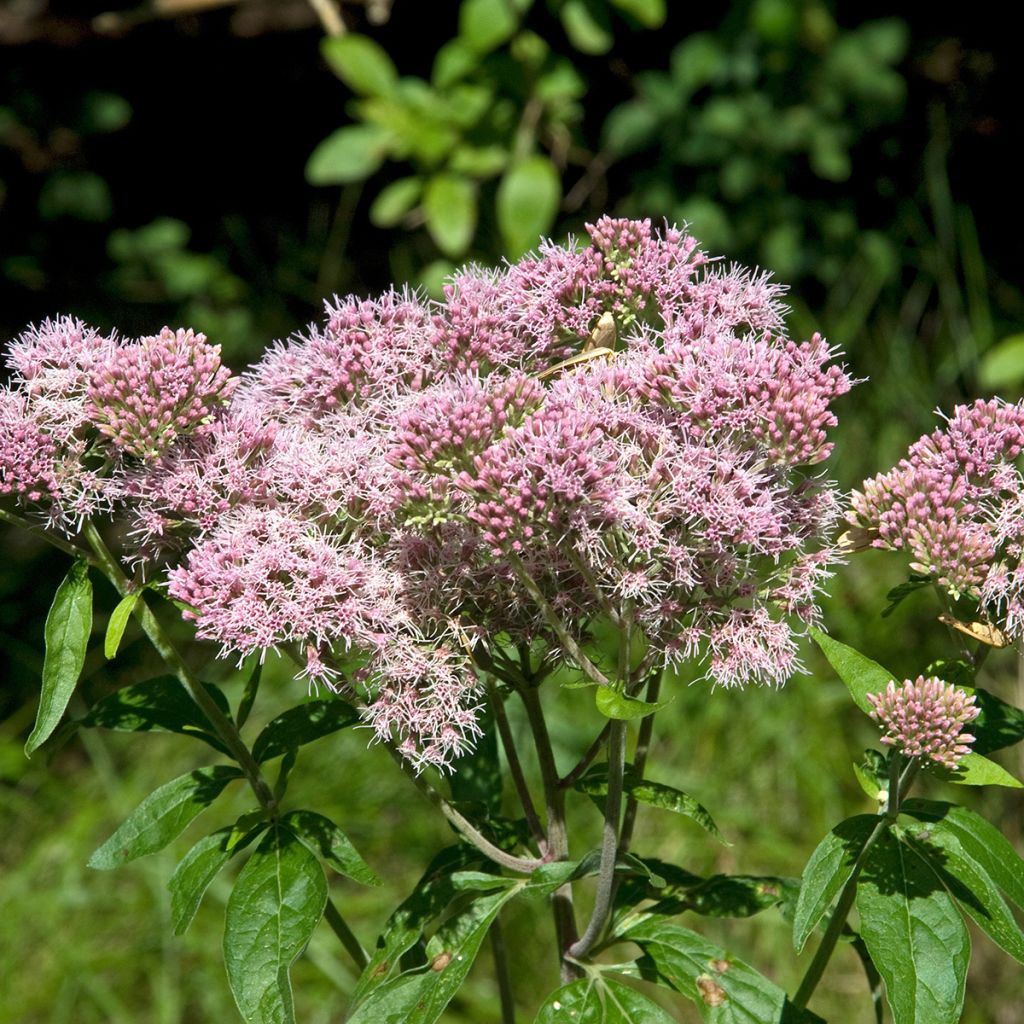

Eupatorium cannabinum Plenum


Eupatorium cannabinum Plenum
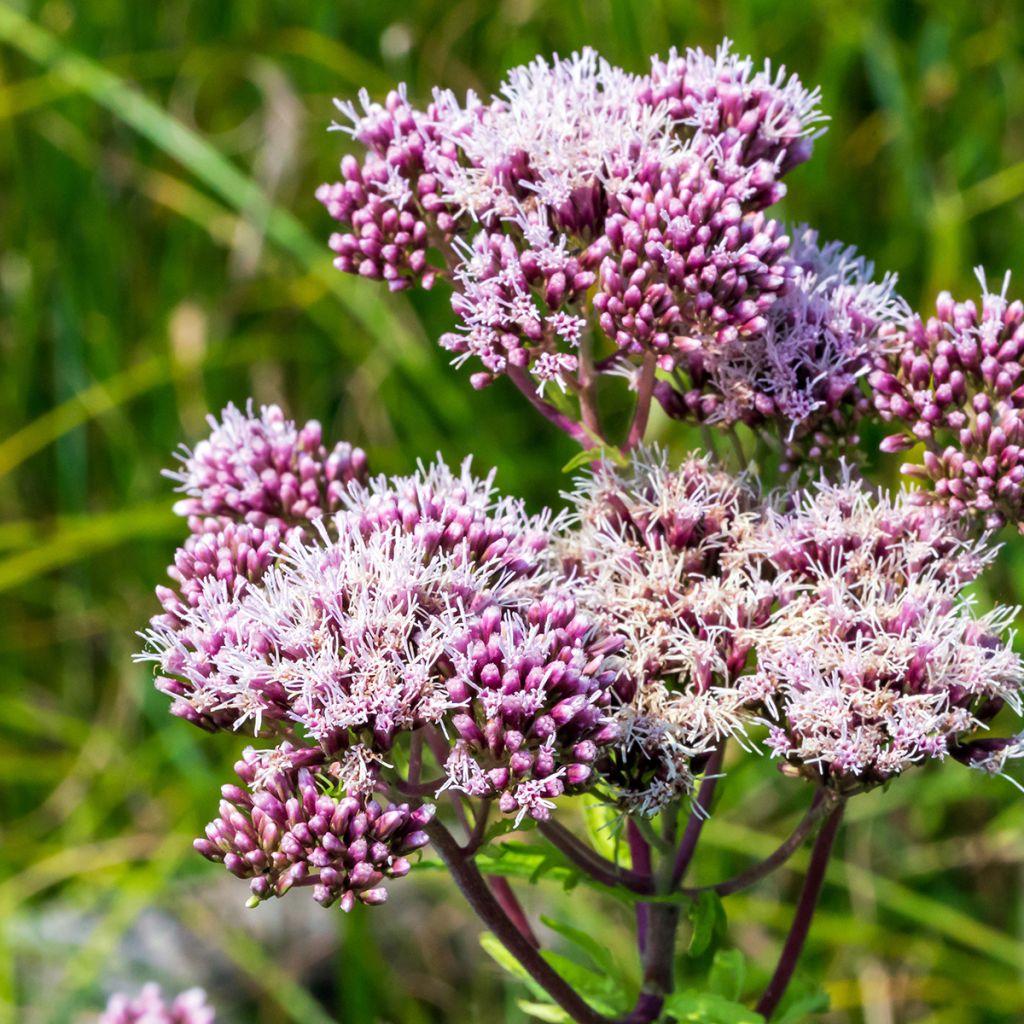

Eupatorium cannabinum Plenum
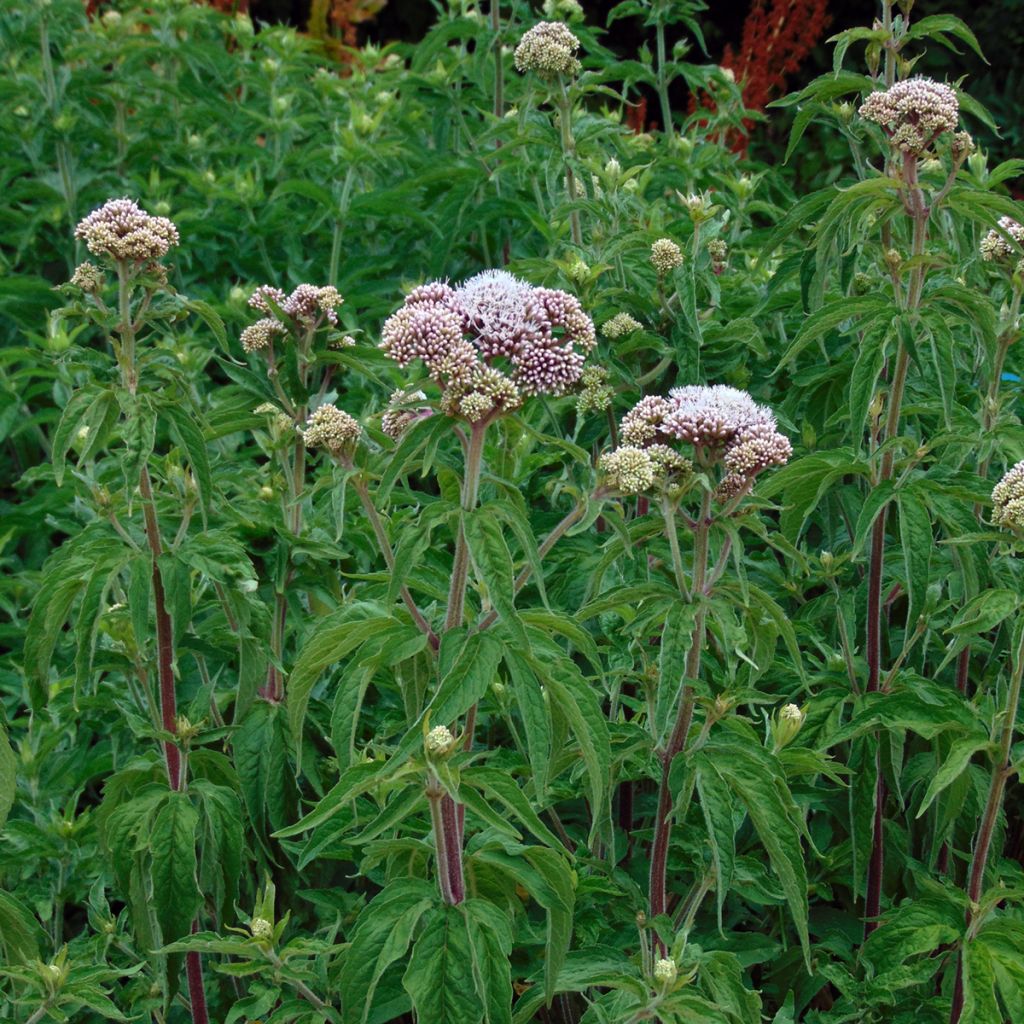

Eupatorium cannabinum Plenum
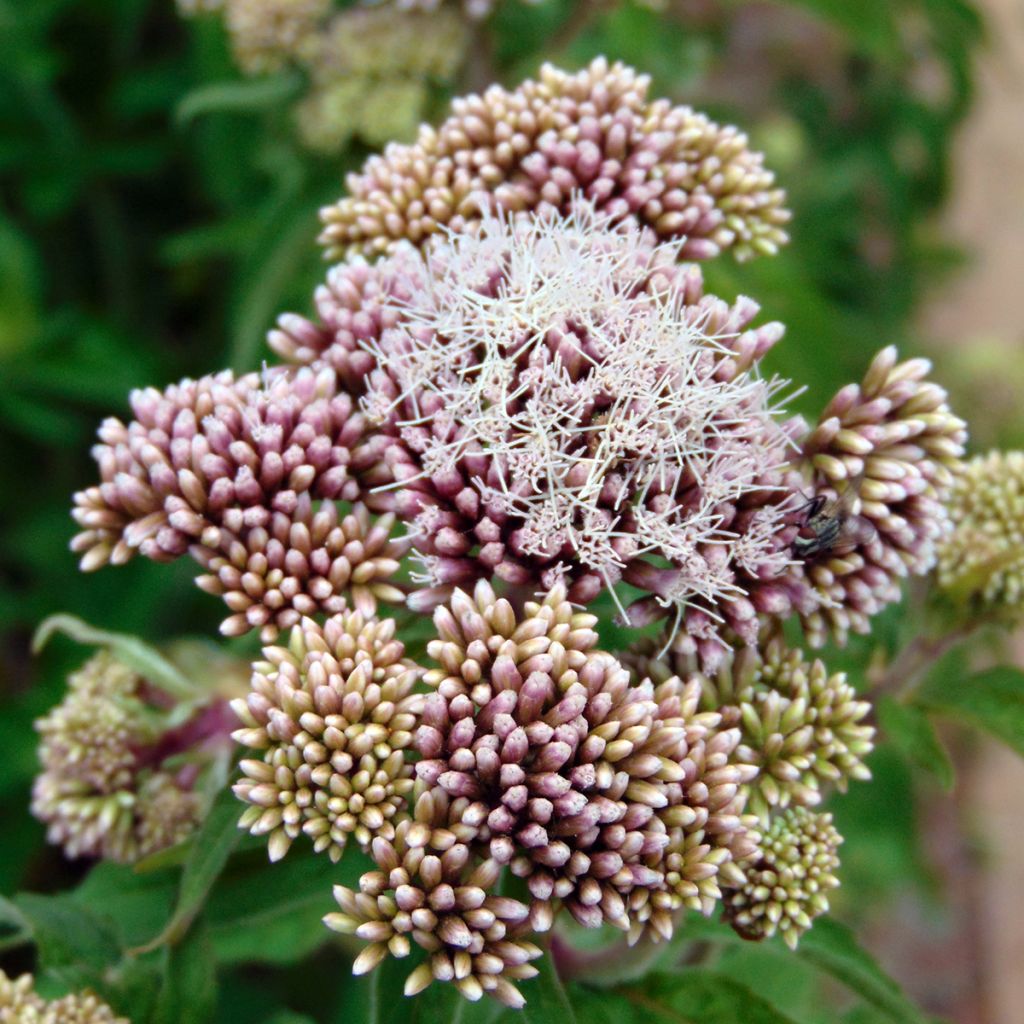

Eupatorium cannabinum Plenum
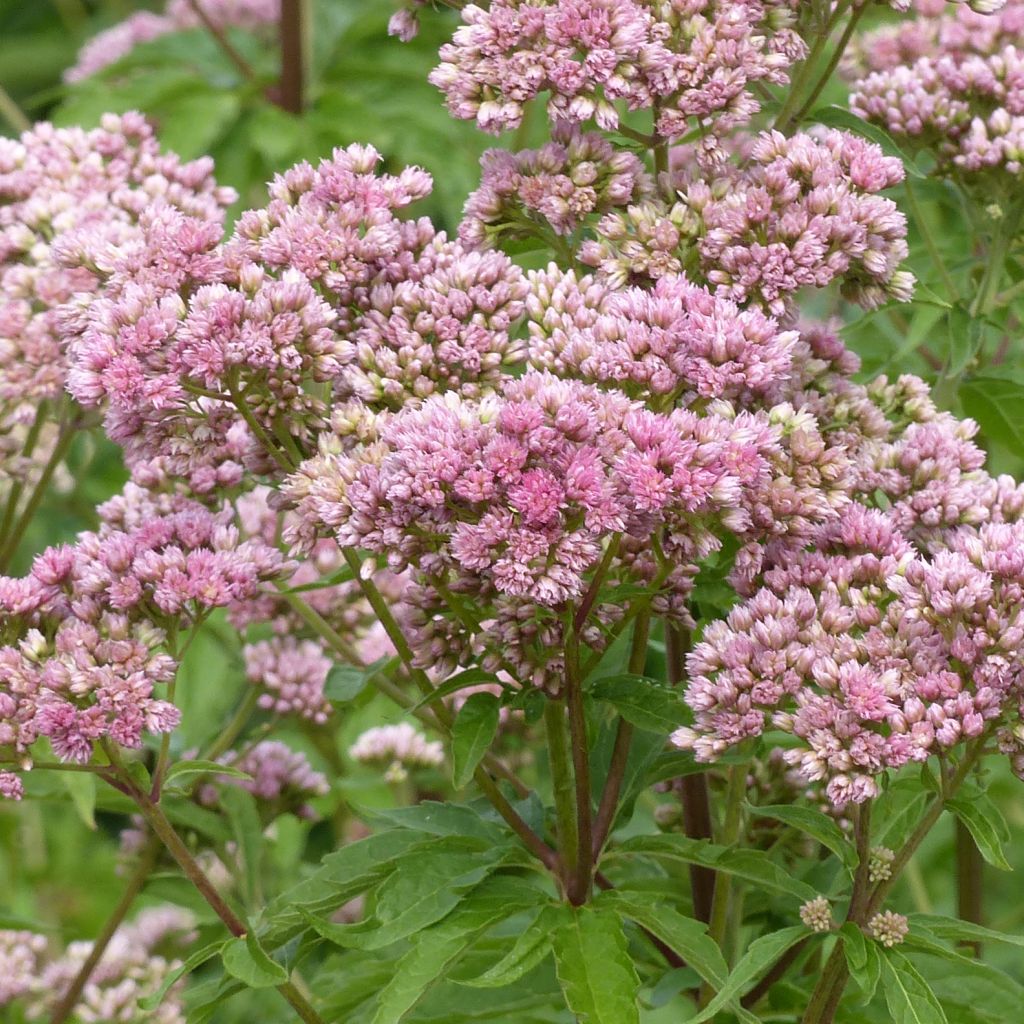

Eupatorium cannabinum Plenum
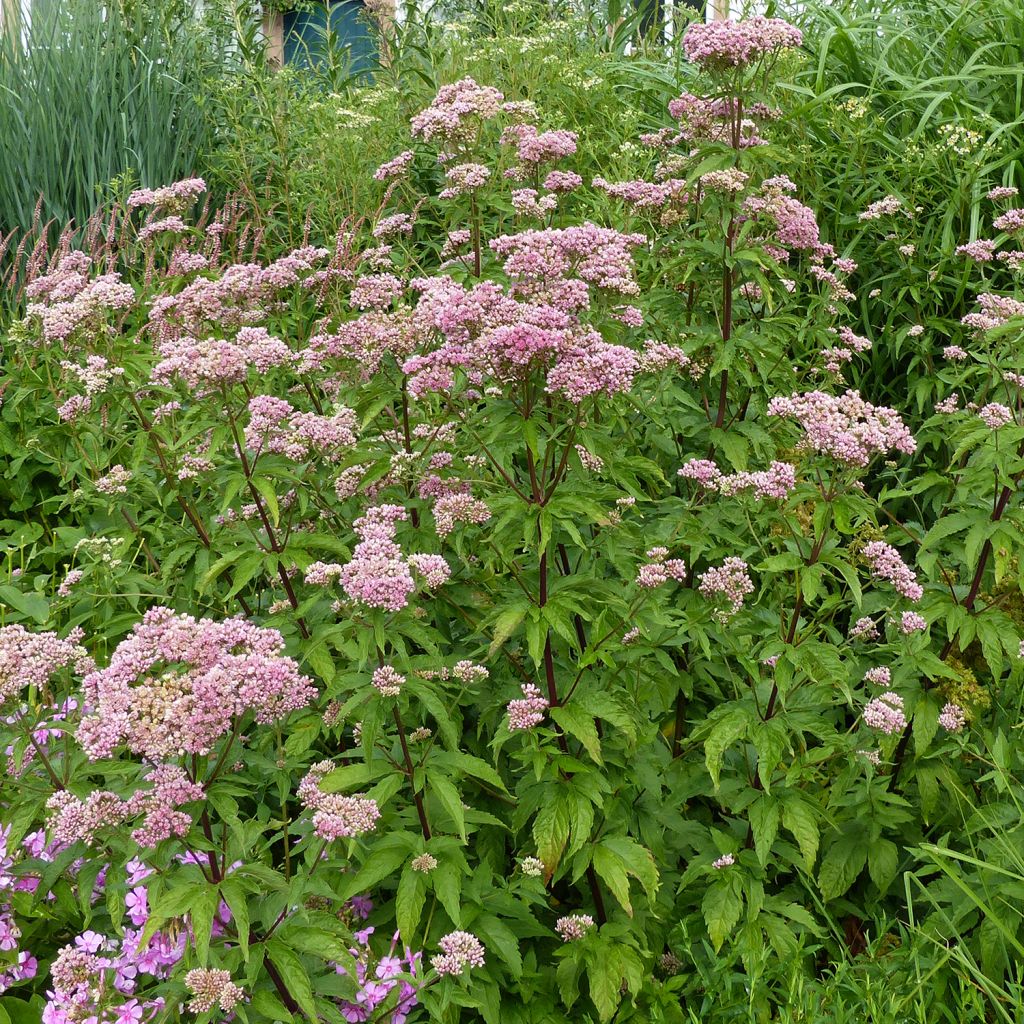

Eupatorium cannabinum Plenum
Eupatorium cannabinum Plenum
Eupatorium canabinum Plenum
Hemp-agrimony, Water-hemp, Holy Rope, Hemlock Parsley, Hemp Weed
Planted in September, did not take.
Vanessa, 13/08/2018
Special offer!
Receive a €20 voucher for any order over €90 (excluding delivery costs, credit notes, and plastic-free options)!
1- Add your favorite plants to your cart.
2- Once you have reached €90, confirm your order (you can even choose the delivery date!).
3- As soon as your order is shipped, you will receive an email containing your voucher code, valid for 3 months (90 days).
Your voucher is unique and can only be used once, for any order with a minimum value of €20, excluding delivery costs.
Can be combined with other current offers, non-divisible and non-refundable.
Home or relay delivery (depending on size and destination)
Schedule delivery date,
and select date in basket
This plant carries a 12 months recovery warranty
More information
We guarantee the quality of our plants for a full growing cycle, and will replace at our expense any plant that fails to recover under normal climatic and planting conditions.
Would this plant suit my garden?
Set up your Plantfit profile →
Description
Eupatorium cannabinum Plenum is a sturdy and tall herbaceous plant with double flowers in old rose to violet pink corymbs.
It is a herbaceous perennial plant in the Asteraceae family, also known as Hemp agrimony, Water-hemp, Holy Rope or Hemlock Parsley. It is the only Eupatorium species that grows naturally in Europe. All other varieties are American. It gets its name from the resemblance of its leaves to those of cannabis or Indian hemp. This beautiful deciduous foliage is a very deep dark green. The leaves, with their leaflets, are both divided and lanceolate like those of hemp. The plant proudly bears its heads on top of its strong wine-coloured stems, reaching a height of 1.20 to 1.50 m. It commonly reaches a width of 60 cm (24in). The corymb heads can reach a diameter of 10 to 15 cm (4 to 6in). It is true that flowering is a bit late, but it can enhance a garden throughout the summer until early autumn. It maintains its decorative aspect in winter thanks to its fruiting topped with small fluffy plumes that will disperse with the wind.
Eupatorium cannabinum Plenum is an easy-to-grow plant: it is resistant to insects and diseases. It is an extraordinary nectar plant. It attracts all pollinators, especially butterflies. It is hardy and can withstand temperatures as low as -15°C (5°F). It is also a plant called an indicator: in its natural state, it prefers moist to wet soils. It thus indicates a certain degree of soil moisture. It can therefore be planted by a pond. It adapts to all types of soils but prefers moist, rich, and heavy ones. They will be superb in a wild garden at the back of a flower bed, accompanied by astilbes, filipendulas, or willowherbs. Prune the stems in autumn to maintain a more compact habit.
Eupatorium derives its name from the Persian emperor Mithridates Eupator, who boasted of surviving the ingestion of poisons thanks to a powerful antidote. However, the knowledge of the time does not allow us to say with certainty whether the antidote in question was truly Eupatorium or Agrimonia, two plants that have strong formal similarities. Eupatorium cannabinum (not Agrimonia) was once used for its healing properties in Europe and traditionally in China for certain types of headaches.
Eupatorium cannabinum Plenum in pictures


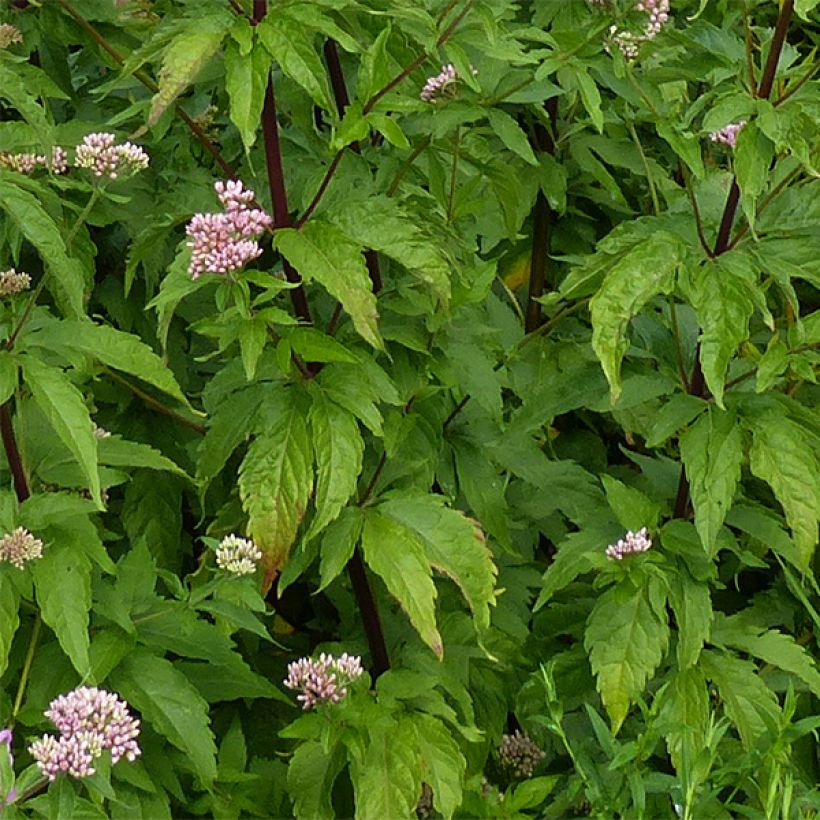

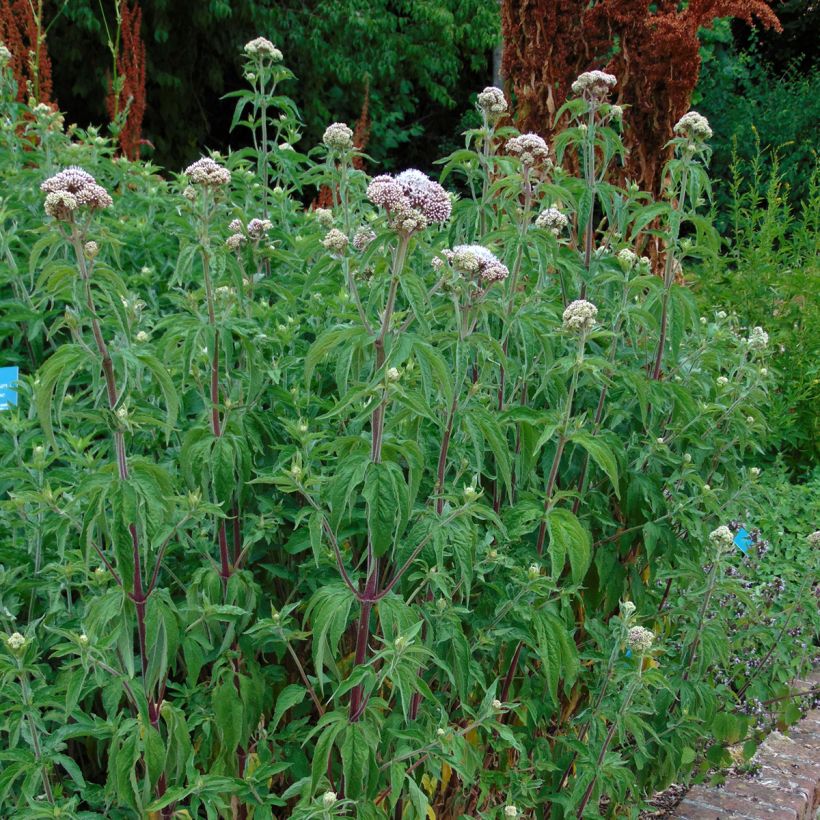

Flowering
Foliage
Plant habit
Botanical data
Eupatorium
canabinum
Plenum
Asteraceae
Hemp-agrimony, Water-hemp, Holy Rope, Hemlock Parsley, Hemp Weed
Central Europe
Other Eupatorium - Boneset
View all →Planting and care
This is a plant that is called an indicator plant: in its natural state, it tends to grow more readily in cool or even damp areas. It indicates a certain level of soil moisture. It adapts to all types of soils, but it definitely damp, fertile, and well-drained soil.
Planting period
Intended location
Care
Planting & care advice
-
, onOrder confirmed
Reply from on Promesse de fleurs
Similar products
Haven't found what you were looking for?
Hardiness is the lowest winter temperature a plant can endure without suffering serious damage or even dying. However, hardiness is affected by location (a sheltered area, such as a patio), protection (winter cover) and soil type (hardiness is improved by well-drained soil).

Photo Sharing Terms & Conditions
In order to encourage gardeners to interact and share their experiences, Promesse de fleurs offers various media enabling content to be uploaded onto its Site - in particular via the ‘Photo sharing’ module.
The User agrees to refrain from:
- Posting any content that is illegal, prejudicial, insulting, racist, inciteful to hatred, revisionist, contrary to public decency, that infringes on privacy or on the privacy rights of third parties, in particular the publicity rights of persons and goods, intellectual property rights, or the right to privacy.
- Submitting content on behalf of a third party;
- Impersonate the identity of a third party and/or publish any personal information about a third party;
In general, the User undertakes to refrain from any unethical behaviour.
All Content (in particular text, comments, files, images, photos, videos, creative works, etc.), which may be subject to property or intellectual property rights, image or other private rights, shall remain the property of the User, subject to the limited rights granted by the terms of the licence granted by Promesse de fleurs as stated below. Users are at liberty to publish or not to publish such Content on the Site, notably via the ‘Photo Sharing’ facility, and accept that this Content shall be made public and freely accessible, notably on the Internet.
Users further acknowledge, undertake to have ,and guarantee that they hold all necessary rights and permissions to publish such material on the Site, in particular with regard to the legislation in force pertaining to any privacy, property, intellectual property, image, or contractual rights, or rights of any other nature. By publishing such Content on the Site, Users acknowledge accepting full liability as publishers of the Content within the meaning of the law, and grant Promesse de fleurs, free of charge, an inclusive, worldwide licence for the said Content for the entire duration of its publication, including all reproduction, representation, up/downloading, displaying, performing, transmission, and storage rights.
Users also grant permission for their name to be linked to the Content and accept that this link may not always be made available.
By engaging in posting material, Users consent to their Content becoming automatically accessible on the Internet, in particular on other sites and/or blogs and/or web pages of the Promesse de fleurs site, including in particular social pages and the Promesse de fleurs catalogue.
Users may secure the removal of entrusted content free of charge by issuing a simple request via our contact form.
The flowering period indicated on our website applies to countries and regions located in USDA zone 8 (France, the United Kingdom, Ireland, the Netherlands, etc.)
It will vary according to where you live:
- In zones 9 to 10 (Italy, Spain, Greece, etc.), flowering will occur about 2 to 4 weeks earlier.
- In zones 6 to 7 (Germany, Poland, Slovenia, and lower mountainous regions), flowering will be delayed by 2 to 3 weeks.
- In zone 5 (Central Europe, Scandinavia), blooming will be delayed by 3 to 5 weeks.
In temperate climates, pruning of spring-flowering shrubs (forsythia, spireas, etc.) should be done just after flowering.
Pruning of summer-flowering shrubs (Indian Lilac, Perovskia, etc.) can be done in winter or spring.
In cold regions as well as with frost-sensitive plants, avoid pruning too early when severe frosts may still occur.
The planting period indicated on our website applies to countries and regions located in USDA zone 8 (France, United Kingdom, Ireland, Netherlands).
It will vary according to where you live:
- In Mediterranean zones (Marseille, Madrid, Milan, etc.), autumn and winter are the best planting periods.
- In continental zones (Strasbourg, Munich, Vienna, etc.), delay planting by 2 to 3 weeks in spring and bring it forward by 2 to 4 weeks in autumn.
- In mountainous regions (the Alps, Pyrenees, Carpathians, etc.), it is best to plant in late spring (May-June) or late summer (August-September).
The harvesting period indicated on our website applies to countries and regions in USDA zone 8 (France, England, Ireland, the Netherlands).
In colder areas (Scandinavia, Poland, Austria...) fruit and vegetable harvests are likely to be delayed by 3-4 weeks.
In warmer areas (Italy, Spain, Greece, etc.), harvesting will probably take place earlier, depending on weather conditions.
The sowing periods indicated on our website apply to countries and regions within USDA Zone 8 (France, UK, Ireland, Netherlands).
In colder areas (Scandinavia, Poland, Austria...), delay any outdoor sowing by 3-4 weeks, or sow under glass.
In warmer climes (Italy, Spain, Greece, etc.), bring outdoor sowing forward by a few weeks.






























